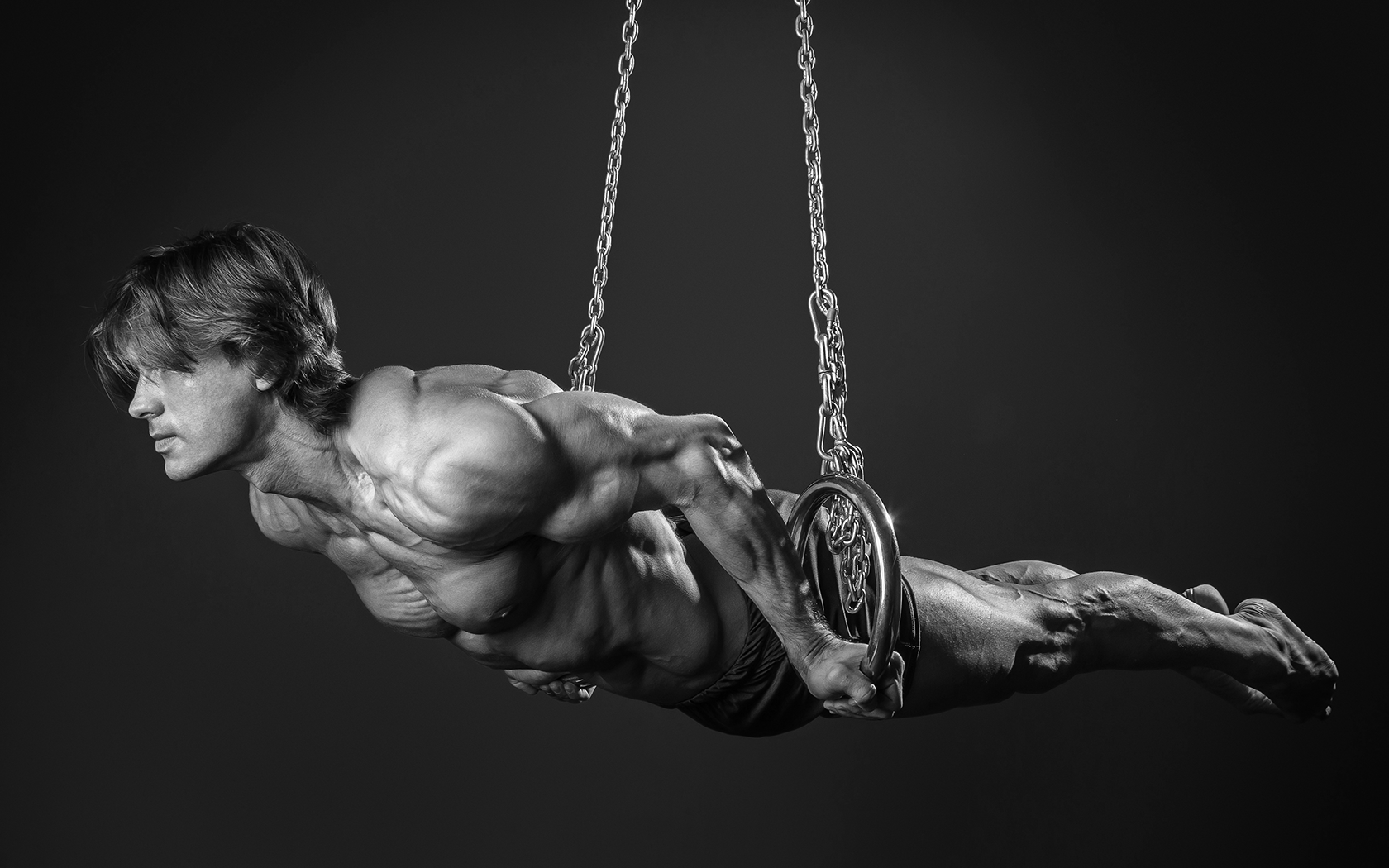Legs, along with the core, are the foundation for functional strength. Muscles achieve proper function with exercises that simulate the body’s basic movement patterns: squat, bend, lunge, push, pull and twist.
Big legs start with big hips. Perhaps the athletes with the most powerful hips are hockey players. Hockey players constantly work the gluteus maximus (the densest muscle in the body), gluteus minimus, piriformis, abductors and adductors. These muscles stimulate motion and stabilize the hip.
Big legs continue with thick thighs. Running backs in American football have huge thighs. Running constitutes much movement in the knees. The four muscles of the quadriceps and the three muscles of the hamstrings extend the thigh, flex the knee, extend the knee, and, along with the gracilis, rotate the legs.
Big legs end with big calves. Sprinters need to have strong, fast calf muscles. The tibialis anterior, gastrocnemius and soleus are the major muscles of the calf. These muscles flex the foot upward and downward and aid forward propulsion needed for sprinting.
Five exercises aid all these functions. These exercises are the squat, dead-lift, lunge, step-up and sprint. Each can be performed a variety of ways.
The squat is most commonly done by putting a barbell across the upper back. However, there are variations. Placing the barbell on the shoulders in front of the body puts more stress on the abdominal muscles and relieves stress on the lower back. To increase core involvement, a barbell or dumbbells (one or two) can be held overhead.
The dead-lift is a bend exercise. The difference between a squat and a dead-lift is the load. If the load (weight) is held below the waist, then it is considered a dead-lift. The most common dead-lift variety is placing weight on a barbell and picking it up off the floor. Variations of this exercise include using dumbbells (one or two) instead of the barbell. Also, placing a stability ball against the wall and holding dumbbells is considered a dead-lift.
Lunges must be performed in a multi-planar environment. This means that they should be done forward, backward, to the side and at 45-degree angles forward and backwards. Lunges can be completed walking, holding dumbbells (or medicine ball), with a barbell or with a load overhead. The overhead load really taxes the nervous system and core.
Step-ups are lunges with a slight modification. Much like lunges, they must be performed in multiple directions. Placing a barbell across the upper back and stepping up on a high platform really taxes the gluteus muscles.
Sprinting, because of its highly anaerobic nature, is a great muscle-builder. Sprinting isn’t limited to tracks. Sprinting can be done going up hills, up steps, down hills or a million other places and variations. Olympic sprinters build very lean, large calves without wasting tons of time on calf raises.
These five exercises stimulate the most muscle contractions. If the goal is pure size, don’t waste time on calf raises, leg extensions and curl machines. Squat, dead-lift, lunge, step-up and sprinting, combined with a well-balanced nutritional plan, will put on the much-needed, often overlooked leg size.



